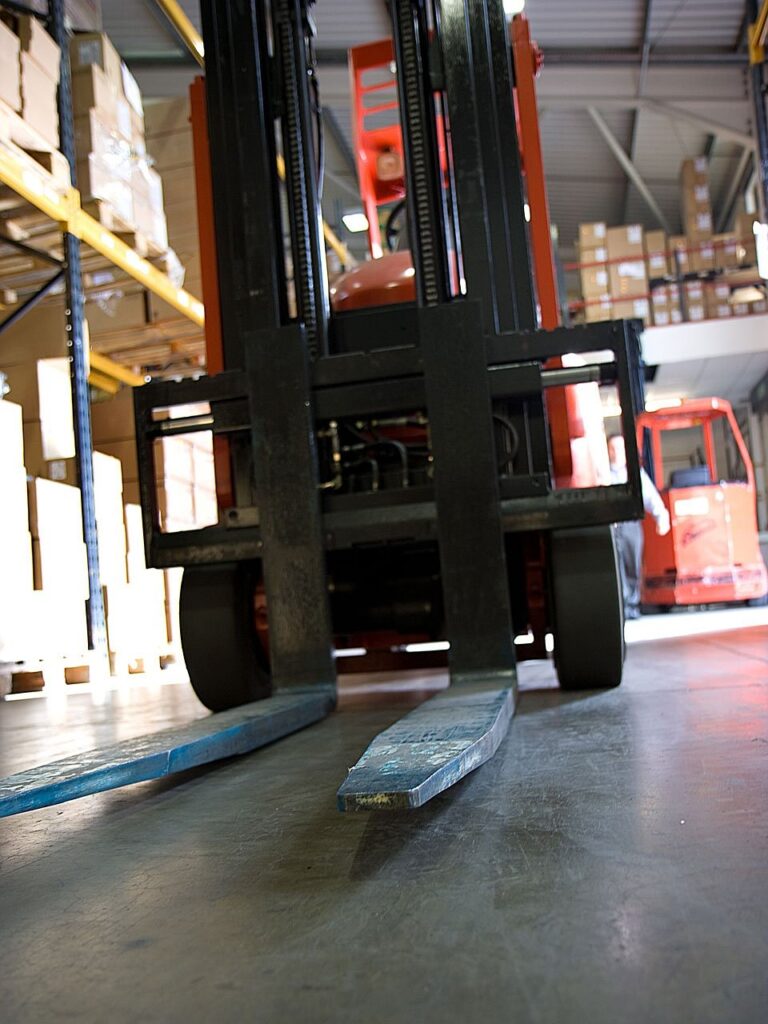Navigating Hazard Class 8 with Automotive Batteries

“In my years on the open road, navigating the challenges of Hazard Class 8 as a DOT truck driver has been an unforgettable journey. Transporting the powerhouse of energy that is an automotive battery demands more than just compliance; it requires a commitment to safety etched in every mile. Personal protective equipment becomes a shield against potential harm, and training transforms into a compass guiding through unexpected terrains. Witnessing the environmental impact of mishandling batteries is a stark reminder of our role as stewards of the road and the planet. As a fictional driver, I carry not just cargo but a commitment to excellence, responsibility, and safe travels for all those sharing the highway.”
Meet Jake Anderson, a seasoned DOT truck driver with years of experience navigating the highways and transporting hazardous materials. Jake’s commitment to safety, meticulous attention to detail, and dedication to responsible handling make him a fictional but exemplary figure in the world of trucking and hazardous material transportation.
As a Department of Transportation (DOT) truck driver, safety on the road is paramount, especially when transporting hazardous materials. In this article, we’ll delve into the specifics of Hazard Class 8 and the unique challenges posed by automotive batteries, emphasizing the importance of proper handling and disposal practices.
Batteries are Hazard Class 8
The United Nations’ hazard classification system is a crucial framework for identifying and managing hazardous materials during transportation. Among the various classes, Hazard Class 8 holds significance for truck drivers as it deals specifically with corrosive materials.
Hazard Class 8 encompasses substances that are corrosive, posing potential dangers to human health, infrastructure, and the environment. Automotive batteries, essential components in our daily lives, fall under this category due to the corrosive nature of their contents.
Automotive batteries typically contain sulfuric acid, a corrosive substance that demands careful handling and transportation protocols. It’s crucial for DOT truck drivers to fully understand Hazard Class 8 regulations and take necessary precautions to ensure safe transit.
Handling and Transportation
When it comes to transporting automotive batteries, adherence to proper handling procedures is non-negotiable. From the loading dock to the delivery destination, every step in the transportation process requires meticulous attention to detail.
DOT provides clear guidelines for the safe transportation of Hazard Class 8 materials, outlining specific requirements for packaging, labeling, and vehicle placarding. These regulations are designed to minimize risks and ensure the safety of everyone involved in the transportation chain.
In addition to regulatory compliance, it’s essential for truck drivers to be equipped with the knowledge of emergency response procedures. Being prepared for potential accidents involving hazardous materials, including automotive batteries, is a fundamental aspect of the job.

Storage and Disposal
Proper storage practices play a critical role in minimizing the risks associated with automotive batteries. When these batteries are not in transit, they should be stored in designated areas that meet safety standards. Ensuring secure storage not only protects truck drivers but also prevents environmental contamination.
When storing Class 8 batteries, which fall under the category of corrosive materials, strict adherence to safety regulations is essential to prevent accidents and environmental hazards. Class 8 batteries, often associated with automotive batteries containing corrosive substances like sulfuric acid, require specific storage practices. Here are important guidelines for storing Class 8 batteries:
Designated Storage Area
- Store Class 8 batteries in a well-ventilated and designated storage area.
- Use appropriate signage to indicate the presence of hazardous materials.
Isolation from Other Materials
- Store Class 8 batteries separately from other incompatible materials to prevent reactions.
Secondary Containment
- Implement secondary containment measures to contain spills in case of leakage.
- This can include spill containment pallets or bunds to prevent the spread of corrosive substances.
Temperature Control
- Maintain proper temperature conditions in the storage area. Extreme temperatures can affect the integrity of the batteries.
- Avoid exposure to direct sunlight or sources of heat.
Racking Systems
- Use appropriate racking systems to securely store batteries and prevent accidental tipping or damage.
- Ensure that the storage racks are resistant to corrosion.
Ventilation
- Ensure adequate ventilation in the storage area to disperse any fumes that may be emitted by the batteries.
- Ventilation systems should be designed to minimize the risk of corrosive gas accumulation.
Labeling
- Clearly label all storage areas with signage indicating the presence of Class 8 batteries.
- Follow labeling requirements according to local regulations and standards.
Emergency Equipment
- Keep emergency equipment, such as spill kits and neutralizing agents, readily available in case of leaks or spills.
- Provide appropriate personal protective equipment (PPE) for individuals accessing the storage area.
Regular Inspections
- Conduct regular inspections of the storage area to identify and address any potential issues promptly.
- Check for signs of corrosion, leaks, or other damage to the batteries or storage infrastructure.
Compliance with Regulations
- Familiarize yourself with and adhere to local, state, and federal regulations regarding the storage of hazardous materials, including Class 8 batteries.
- Stay updated on any changes in regulations and adjust storage practices accordingly.
Training and Documentation
- Ensure that personnel involved in handling or managing the storage of Class 8 batteries are adequately trained on safety protocols.
- Maintain accurate documentation of training records, emergency response plans, and compliance measures.
These comprehensive storage guidelines are crucial to mitigate risks associated with Class 8 batteries and contribute to a safe and compliant working environment. Always consult with relevant authorities and follow the guidelines provided by battery manufacturers for optimal storage conditions.

Disposal of automotive batteries requires careful consideration of environmental impact. Improper disposal can lead to soil and water pollution, posing a threat to ecosystems. As responsible DOT truck drivers, it’s our duty to adhere to legal and ethical considerations regarding battery disposal.
Steps for Ensuring Safety Measures:
Personal Protective Equipment (PPE):
The use of Personal Protective Equipment (PPE) is a cornerstone of safety when handling hazardous materials. Truck drivers should be equipped with appropriate gear, including gloves and eye protection, to minimize direct contact with corrosive substances.
B. Training and Awareness:
Proper training is indispensable for truck drivers tasked with transporting Hazard Class 8 materials. Awareness of potential hazards associated with automotive batteries, coupled with knowledge of preventive measures, ensures a safer working environment.
C. Emergency Response Protocols:
In the event of an accident involving hazardous materials, swift and effective emergency response is crucial. Truck drivers should be well-versed in emergency protocols, including communication procedures and containment measures, to mitigate risks promptly.
IV. Environmental Responsibility:
A. Environmental Consequences of Mishandling:
Mishandling automotive batteries can have severe environmental consequences. Sulfuric acid leaks can lead to soil contamination, affecting vegetation and wildlife. Understanding the potential ecological impact underscores the need for responsible practices.
B. Sustainable Practices:
Promoting sustainable practices in battery disposal and recycling is a collective responsibility. By encouraging eco-friendly alternatives and participating in recycling programs, truck drivers contribute to a greener, more sustainable future.
As DOT truck drivers, our role in ensuring the safe transportation of Hazard Class 8 materials, particularly automotive batteries, is crucial. By adhering to proper handling, storage, and disposal practices, we not only prioritize our safety on the road but also contribute to environmental preservation. Let’s stay informed, follow regulations diligently, and drive responsibly for a safer and greener future. Safe travels on the road!




